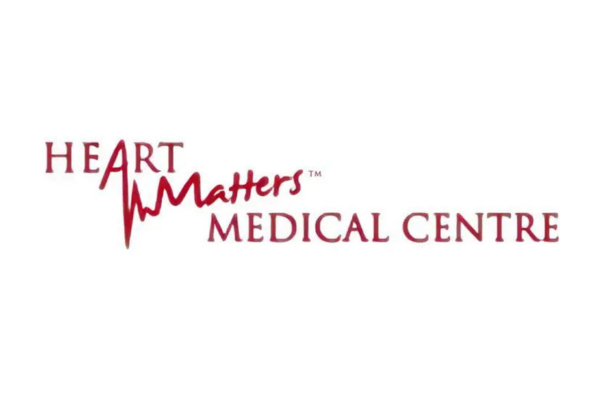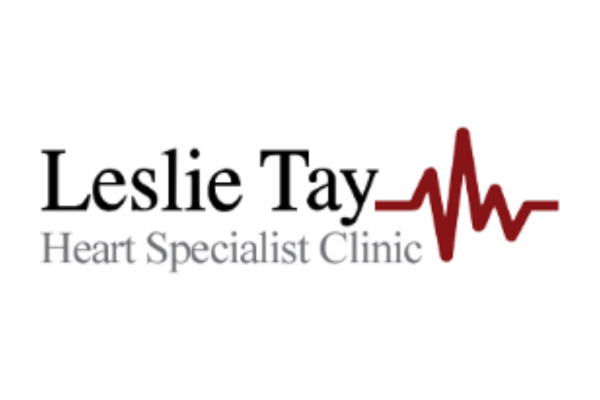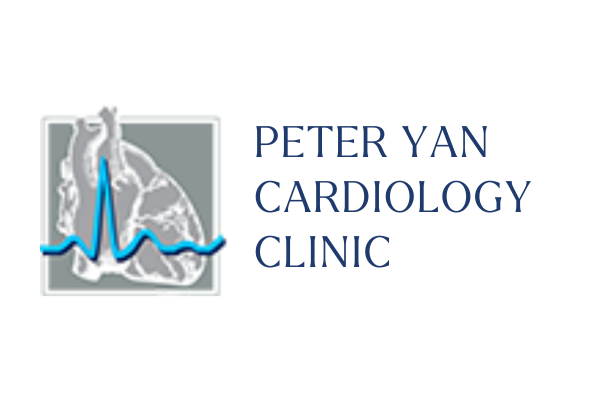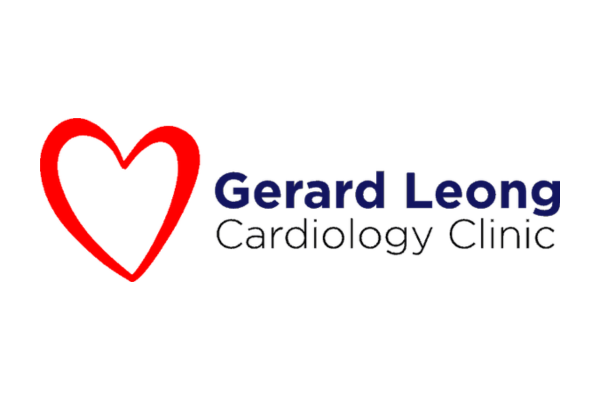Endocarditis is an infection of the inner lining of the heart, typically affecting the heart valves. It is often caused by bacteria entering the bloodstream and infecting the heart.
Symptoms
The symptoms of endocarditis can develop gradually or suddenly, depending on the severity and cause of the infection. Common symptoms include:
Fever: Often accompanied by chills and sweating.
Fatigue or weakness: Feeling tired or weak, even with minimal exertion.
Heart murmur: An abnormal sound heard by a doctor using a stethoscope, due to turbulent blood flow.
Shortness of breath: Difficulty breathing, especially when lying down.
Swelling: In the feet, legs, or abdomen.
Painful joints or muscles: Aches or pain in the joints.
Skin changes:
Petechiae: Small, red or purple spots on the skin, inside the mouth, or in the eyes.
Osler’s nodes: Painful, red nodules on fingers or toes.
Janeway lesions: Painless, flat lesions on the palms or soles.
Coughing or chest pain: Especially if the infection spreads to the lungs.
Weight loss and loss of appetite: Due to prolonged infection.
Night sweats: Heavy sweating during the night, even when not physically active.
Risk Factors
Congenital heart defects: Including valve problems or holes in the heart.
Heart valve replacements: Artificial heart valves are more prone to infection.
Previous endocarditis: A history of endocarditis increases the risk of recurrence.
Intravenous (IV) Drug Use: Sharing needles or using unsterile needles increases the likelihood of bacterial introduction into the bloodstream.
Implanted medical devices: Including pacemakers or defibrillators, as these provide surfaces for bacteria to attach to.
Age: Older adults are more likely to have conditions that make them vulnerable to endocarditis, such as weakened valves.
Weakened Immune System: Conditions like diabetes, HIV/AIDS, or immunosuppressive medications can impair the body's ability to fight infections.
Poor Oral Hygiene: Gum disease, dental procedures, or poor oral hygiene can allow bacteria from the mouth to enter the bloodstream and reach the heart.
Healthcare-Associated Infections: Having certain medical procedures (such as catheter insertion or surgeries) can increase the risk of bacteria entering the bloodstream.
Diagnosis
Medical History and Physical Examination: A doctor will assess risk factors, perform a physical examination, and listen for heart murmurs or signs of infection.
Blood Cultures: A key test, blood cultures help identify the bacteria or fungi causing the infection. Multiple blood samples are typically taken from different sites to ensure accuracy.
Echocardiogram: An ultrasound of the heart that can identify vegetations (masses of infection) on the heart valves or endocardial surface.
Electrocardiogram (ECG): This test measures the heart's electrical activity and can help identify any abnormal heart rhythms that result from the infection.
Chest X-ray: To look for signs of infection spreading to the lungs or heart enlargement.
CT or MRI scans: These may be used if there are concerns that the infection has spread to other areas of the body, such as the brain or kidneys.
Blood Tests: To assess the general condition of the body, including white blood cell count, which may indicate infection.
Urinalysis: Can identify signs of infection or emboli (clots that may have traveled from the heart).
Treatment Options
Intravenous (IV) antibiotics: The primary treatment for bacterial endocarditis. The specific antibiotic depends on the type of bacteria identified in the blood cultures. Treatment typically lasts 4-6 weeks.
Oral antibiotics: In some cases, after an initial IV course, patients may switch to oral antibiotics for the remainder of their treatment.
Antifungal therapy: If the infection is caused by fungi, antifungal medications are used.
Prophylactic antibiotics: For people at high risk, antibiotics may be given before dental or certain medical procedures to prevent infection.
Valve repair or replacement: If the heart valve is damaged and can't function properly, it may need to be surgically repaired or replaced.
Draining abscesses: If infection spreads and forms abscesses within the heart, draining these abscesses may be necessary.
Removal of infected devices or tissue: If a pacemaker or other implanted device is infected, it may need to be removed or replaced.





